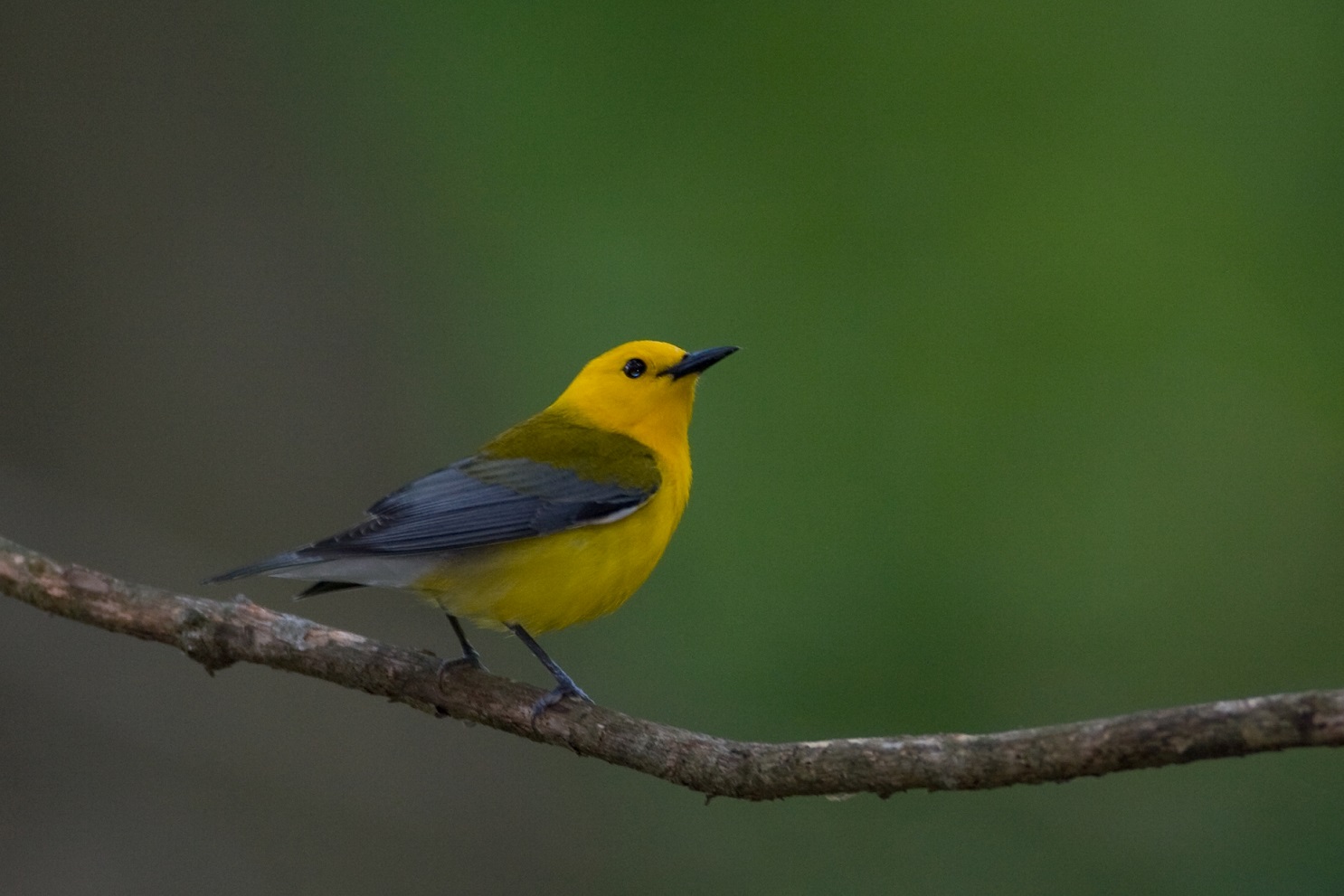Upcoming webinar on 3/17 - Forest conservation priorities for landbirds in the Mississippi Alluvial Valley

The next webinar in the Third Thursday Web Forum series features two datasets from the Lower Mississippi Valley Joint Venture that will be incorporated as indicators in this year’s update to the Southeast Conservation Blueprint! Don’t forget, you can now see these upcoming webinars and other SECAS events on the new SECAS event calendar.
Forest conservation priorities for landbirds in the Mississippi Alluvial Valley
Keith McKnight, Blaine Elliott, and Anne Mini with the Lower Mississippi Valley Joint Venture
March 17th, 10 am Eastern time
Microsoft Teams meeting (no need to register, just click the link when the time comes): https://teams.microsoft.com/l/meetup-join/19%3ameeting_MjliZmYyN2EtOWY1Yi00N2FjLTkyOTYtZWRiNTJkNjAyNGIy%40thread.v2/0?context=%7b%22Tid%22%3a%220693b5ba-4b18-4d7b-9341-f32f400a5494%22%2c%22Oid%22%3a%22765228b1-d0d0-4438-812e-51cbb57819f1%22%7d
Forest breeding species are one of the most important components of the Mississippi Alluvial Valley (MAV) avifauna, despite the loss of nearly 80% of the forested wetlands in this region. At least 70 species occur in bottomland hardwoods as a primary habitat, such as Prothonotary Warbler, Northern Parula, Swainson’s Warbler, Red-shouldered Hawk, and Red-headed Woodpecker. Hence, LMVJV partners have developed two spatially explicit decision support models, based on breeding ecology of priority species, that prioritize forest restoration to reduce forest fragmentation, increase the area of forest core, and strategically protect existing forest habitat.
The MAV Forest Protection model prioritizes sites for protection within the Mississippi Alluvial Valley based on benefits to forest bird conservation afforded by forest patch area, geographic location, and hydrologic condition. The conservation–protection priorities described fill an important need for land trusts and other conservation partners pursuing strategic forest protection in support of established bird conservation objectives. The MAV Forest Breeding Bird Reforestation model prioritizes sites for forest restoration benefits to forest bird conservation afforded by forest patch area, geographic location, and hydrologic condition, where greatest emphasis is placed on increasing forest core habitat above an assumed minimum threshold (2,000ha) to support source breeding populations, minimize the likelihood of extirpation, ensure a low probability of genetic degradation.
Both the forest protection and reforestation models will both be incorporated into this year’s update to the Southeast Conservation Blueprint!